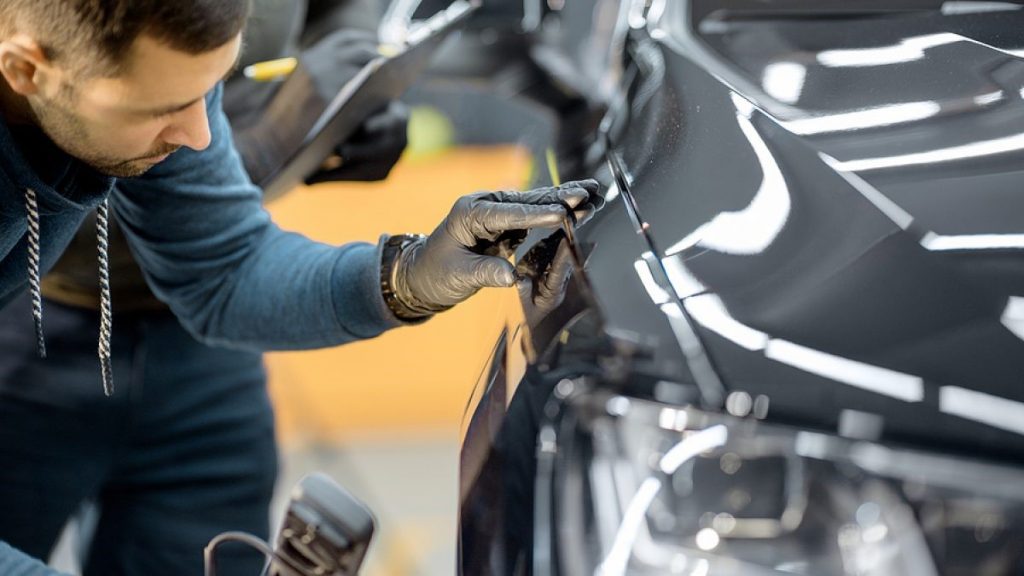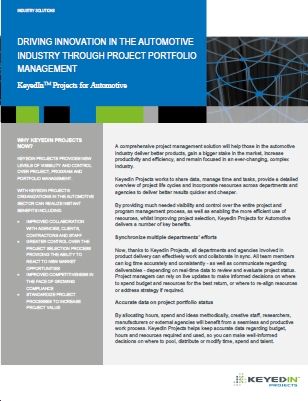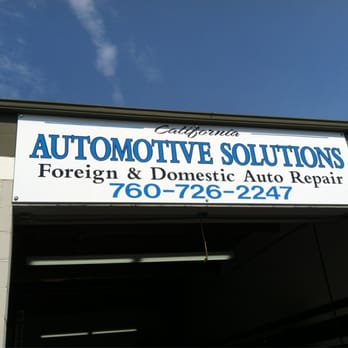When you’re tinkering with your ride, having the right info at your fingertips is crucial. Factory service manuals, the insider guides from car makers, are like secret weapons for DIY car owners. In this article, we’ll show you how to hunt down these manuals online and why they’re way better than shelling out for aftermarket repair books.
Tracking Down Factory Service Manuals Online
Hit Up the Official Car Brand Website
Start your treasure hunt on the official website of the car brand. Many of them have wised up to how useful their manuals are and share them online. Just go … Read More..









